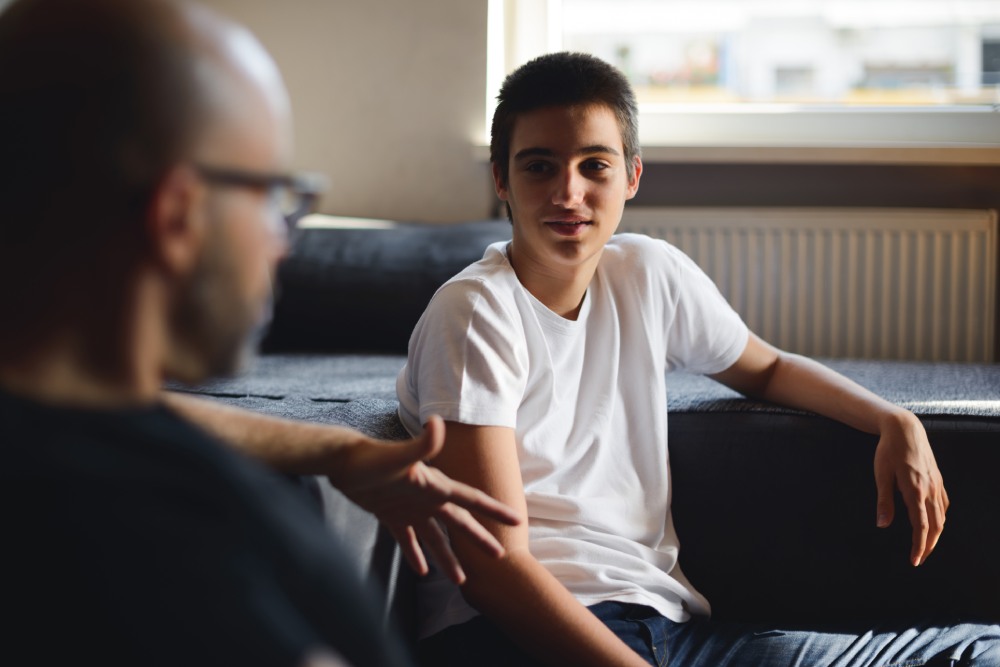Youth Justice Service
We work with children aged 10 to 18 who are involved in the criminal justice system. This would be as a result of behaviour that has been determined by police to be an offence. We work closely with the child, their parents or carers to prevent further offending.
This work is in part determined by the disposal that the child has been made subject to. It's also done through an assessment of the child by all involved. This makes sure them and their family have a voice in the planning and review of the work we complete.
Our responsibilities
Our Youth Justice Service has a mandatory duty to:
- reduce re-offending for those young people already involved in the criminal justice system
- reduce the number of first-time entrants to the criminal justice system
- reduce the number of young people entering custody
Our statutory obligations are to:
- safeguard the young people we work with
- protect the public from harm
- work with victims of crime
Our partners
We support young people to achieve their planned outcomes. Our team of specialists and partners include:
- probation officers
- social workers
- police officers
- CAMHS mental health specialists
- education welfare officers and education mentors
- drug and alcohol workers
- parenting and family mediation workers
- victim liaison officers
How we work with young people
Every child we work with has their own worker, often called the case manager.
This worker completes a thorough assessment from which a clear plan is developed. The case manager takes time to get to know the child and their family during this process. The case manager and relevant specialist will then work with the child and their family to complete the key work that will stop further offending.
We make sure there are ongoing options for the child and their parent/carer to feedback their views on progress. If needed, we can change the focus of work to address emerging issues.
Our triage and case planning meetings
Every case is subject to structured multi-agency planning. This meeting allows professionals to engage in a robust, challenging and solution focused process. This makes sure the best outcome is achieved for both the child and any victims.
For more information
Call 01226 774986 or

